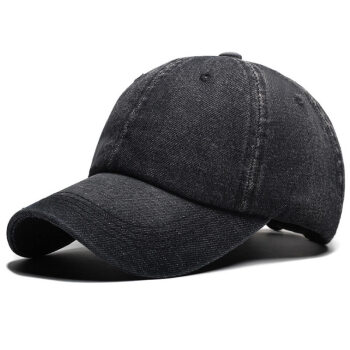
Quality is of utmost importance in hat production and supply chain. Both retailers and brand owners want to provide customers with high-quality products to establish a reliable reputation. The quality of hats directly affects comfort, durability and overall appearance. The importance of hat inspection lies in that inspection through a third party can ensure product quality, reduce return rates and improve brand credibility.
I. Common quality points for hat inspection include:
1. Fabric and material selection: Ensure the use of high-quality, environmentally friendly fabrics to avoid skin sensitivity and quality degradation.
2. Production process: Pay attention to processes such as stitching, embroidery, and heat transfer to ensure that the production of hats meets standards.
3. Size and design: Ensure that the size standards of the hats are consistent and the design meets expectations.
II. Preparation before hat inspection:
Before conducting a third-party inspection, ensure the following preparations:
1. Clarify inspection standards: Define inspection standards and clarify product quality requirements so that inspectors can have clear references.
2. Provide samples: Provide product samples to inspectors so that they can understand the expected appearance and quality of the products.
3. Determine the time and place of inspection: Negotiate the specific time and place of inspection to ensure the normal operation of the production line.
III. Hat inspection process:
1. Appearance inspection:
(1) Check the overall appearance of the hat to ensure that there is no obvious damage, stains or defects.
(2)Verify whether the color and design meet the sample or regulations.
2. Size and label inspection:
(1) Measure the size of the hat to ensure that it meets the standards.
(2) Check the accuracy of the labels, including size labels and brand labels.
3. Material and process inspection:
(1) Check whether the fabrics and materials used meet the requirements.
(2) Check the production process, including whether the stitching is firm and whether the embroidery is clear.
4. Functional inspection:
(1) If there are special functions (such as waterproof, breathable, etc.), ensure that the functions are normal.
(2) Check whether the hat meets safety standards.
IV. Common quality defects in hat inspection:
1. Sewing problems: loose threads and uneven stitches.
2. Fabric problems: stains, color difference, damage, etc.
3. Size problems: size deviation, inaccurate labels.
4. Design issues: not consistent with the sample, printing errors, etc.
V. Attention for inspecting hats:
1. Random sampling: Ensure that the inspector randomly samples from different batches to get a more comprehensive understanding of product quality.
2. Detailed records: Keep detailed records of each product, including defects, quantity and location.
3. Timely feedback: Feedback the inspection results to the manufacturer in a timely manner for timely adjustments and improvements.
By following these steps, you can maximize the assurance that the quality of the hats meets expectations and improve the market competitiveness of the products.
Post time: Jan-02-2025





